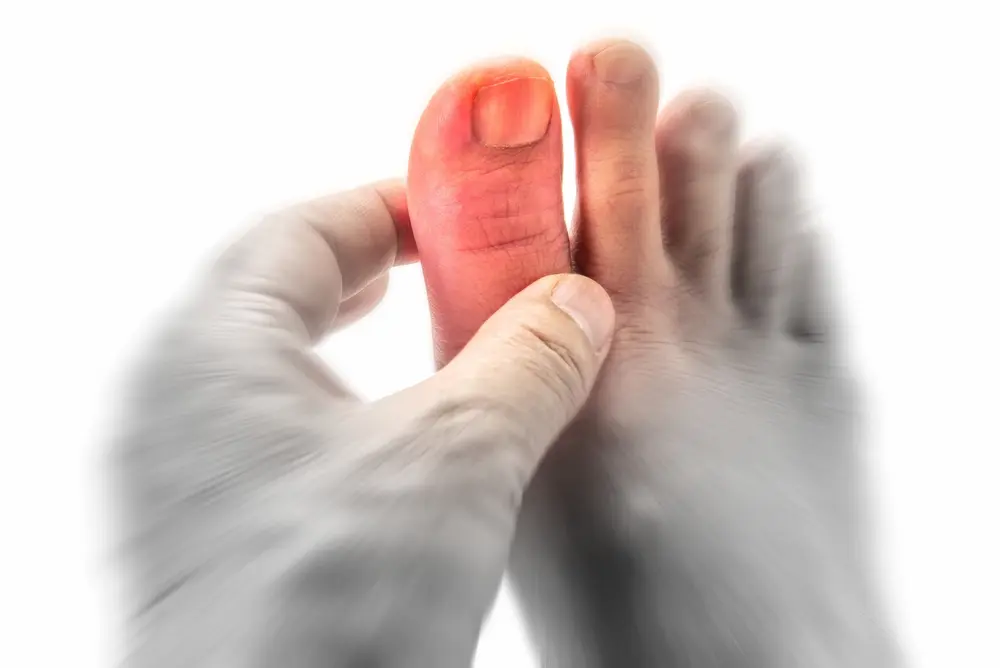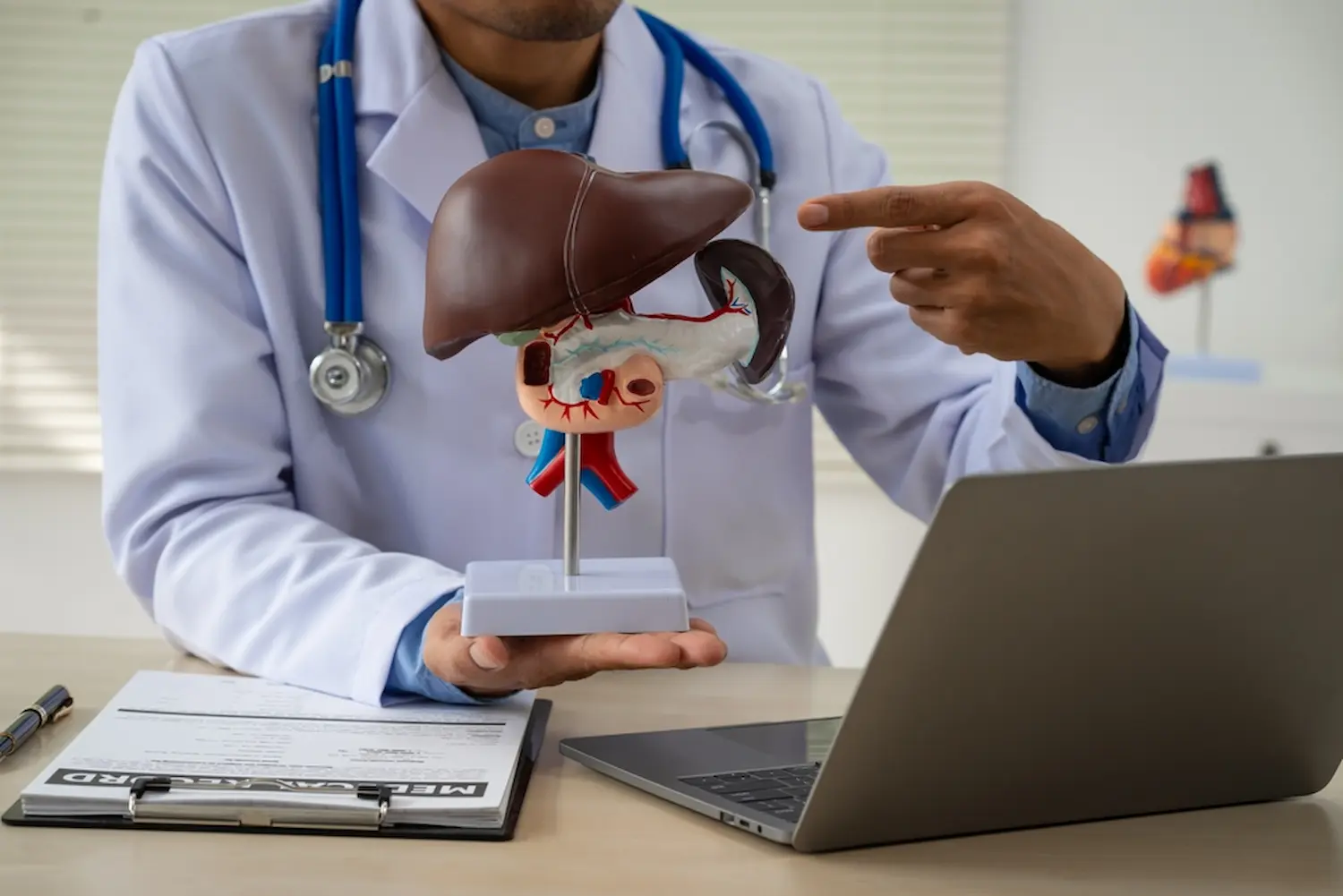
It is normal to feel tired sometimes. But if you find yourself constantly overwhelmed by fatigue and sleepiness throughout the day, it might be something more than just a busy schedule or a bad night's sleep. This persistent tiredness could be a sign of narcolepsy, a chronic sleep disorder that affects the brain's ability to regulate sleep-wake cycles.
If you have narcolepsy, you may experience uncontrollable bouts of falling asleep during the daytime, even after a good night’s rest. So basically, you may unwillingly fall asleep even if you are in the middle of an activity like talking, eating, or even driving. You may also experience other symptoms like sudden muscle weakness while awake, hypnopompic hallucinations, and total paralysis.
Narcolepsy occurs when your brain fails to control your ability to sleep or stay awake. It is a lifelong condition and comes in several distinct types, but the two major types are:
Narcolepsy is a rare condition affecting between about 50 and 67 in every 100,000 people in the United States, Western Europe, and Asia. It has no cure but can be managed with treatments and lifestyle changes. If undiagnosed or left untreated, narcolepsy can affect your social, psychological, and cognitive function and inhibit work, academic, and social activities.

The exact cause of narcolepsy remains unknown. However, there are several risk factors that may contribute to the development of narcolepsy:
Narcolepsy symptoms vary from one person to the next, and include:
EDS is often the most prominent symptom. You may feel overwhelmingly sleepy during the day despite getting enough sleep at night. EDS makes it hard to stay awake and focus on routine activities. It can happen anywhere, at any time. An episode may last a few minutes up to around thirty minutes.
Cataplexy is a sudden, temporary loss of muscle tone mostly triggered by strong emotions like laughter, fear, surprise, or even anger. It can be as mild as a slight drooping of the eyelids or as severe as a total body collapse, although you remain conscious during these episodes.
Sleep paralysis and hallucinations are two particularly unsettling symptoms of narcolepsy that can impact your sleep-wake cycle significantly.
While narcolepsy might make you feel very sleepy during the day, it contrarily can cause difficulties maintaining sleep at night. You might experience frequent awakenings that make it hard to get a restful night's sleep.
During brief moments of sleep (microsleeps), you might continue to perform routine tasks without any awareness of doing them. For example, if you fall asleep while washing dishes, you may continue the activity for a few seconds or minutes without consciously knowing what you’re doing. This is common when you engage in habitual activities like driving or typing. You cannot remember your actions, and your performance is almost always impaired. Later, you might not remember performing these tasks.

Diagnosing narcolepsy involves a combination of patient history, physical exam, and specific medical tests to confirm the presence of the disorder and rule out other sleep disorders, such as sleep apnea.
If your doctor suspects narcolepsy, they will do a polysomnography test to monitor various physical activities while you sleep and a multiple sleep latency test (MSLT) to see how quickly you fall asleep in quiet situations during the day and how quickly you enter REM sleep.
Your doctor will also do a spinal tap to collect the cerebrospinal fluid. Studies have shown that measuring the hypocretin levels in your cerebrospinal fluid can help diagnose narcolepsy.
Treating narcolepsy typically involves a mix of medication and lifestyle changes to manage the symptoms effectively. These medications include stimulants to help maintain wakefulness, tricyclic antidepressants to control cataplexy and other REM-related symptoms, and sodium oxybate for both sleep disruption and cataplexy. Scheduled naps during the day can also be a simple yet effective way to manage excessive daytime sleepiness.
However, some of the medications, particularly stimulants, have a potential for abuse due to their effects on alertness and mood. This issue, combined with the complex nature of sleep and its regulation by the brain, makes sleep medicine a challenging area of pharmaceutical research. Finding treatments that are both effective and safe, with minimal potential for abuse, can be a very delicate balance.


